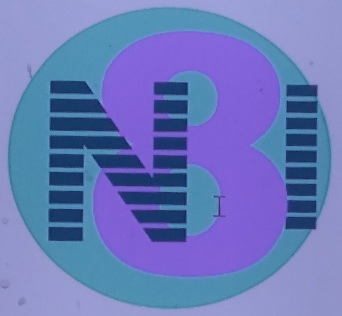- A minimum of a monorail, preferably narrow gage double rail with required bridging or cogs, needs to be installed every 100 miles throughout the areas were fires can be a problem. The system should be designed to allow a large fire break with associated hard line pipe that can be charged quickly from elevated reservoir. The pipe to be associated with the tracks. Hose trailers should be strategically staged for wetting down areas where the fire breaks need re-enforcement or where emergency water needs to be provided to save strategic, or historical trees. Elevated tanks/calderas/lakes should be integrated into the system and can be fed by a backbone flood/drought supply line with ties to the Mississippi Delta Pressure/Draft. Local flash flooding could be diverted into prepared Storage areas.
- The rail would also allow damaged trees or select harvesting to help pay for initial build and even maintenance.
- Care can be maintained to install in such a way that it does not interfere with wildlife. The rails should be slightly below grade with a cleaning plow in front of any powered locomotive and a cutting disk to make clean cuts of any roots that have overgrown the track. It should be traversed at least annually to maintain usability.
- Long term pollution control, population smoke hazards should help decide where to start the project. Some funds could be integrated from city water treatment funds where the additional storage could be used as water for utility use. In fact a separate system could allow mass flow of treated waste water to be pumped to the mountain lake for natural processes to purify it. It could be a combined project.
- It may be necessary to provide a rail elevator, or cog hoist, in some mountainous areas. That should not be an issue since no long line of rail cars need to traverse it. A rail mounted mill can etch the track into any solid rocky area and also grind a tunnel. The available tractor/locomotive size needed to install the pipe and haul hose efficiency should be considered as well as room for the operator. A locomotive used for underground utility tunnels could be used. One side of the track could be the steel pipe installed to carry water and the other standard rail gauge. For Hose rail cars they may be self powered for quick deployment and perhaps maintained at any park headquarters where there is power and fuels available. If weight density is an issue double wheels or off center design could be used. Preferably a system large enough to remove timber and get equipment to build/maintain the high mountain lake/tank. Some of the lakes should be large enough to support fire suppression aircraft. A power and coms cable should also accompany the track with outlet/plugs available where the water hydrants are. This will allow a place where electrical motive devices can be charged. I areas where the elevation and exposure is appropriate there can be remotely activated sprinkler systems such that they can wet an appropriate area to stop a fire. The coms can be used to gather weather and fire data. Highest elevation should have cameras showing surrounding area and condition of lakes.
- It may be desirable to set up some sections with double rails to allow a tourist type train to help pay for the system where it would be practical and where there is public demand.
- In areas where a prescription burn may be advised, equipment should be used to pre-harness biomass for positive use such as mulch, papermill, or temporary stabilization of burned areas. The more that is put to use the less smoke and danger when the area is purposely burned to improve the land. The fire preparedness tanks could aid in recovery of burned forest by supporting plant survival when it needs it, increasing the efficiency of securing new vegetation.
If there is an area that has underground structures that can be used to store water safely, it could be integrated into the system. If there are areas that are surface controlled otherwise, it may be possible to utilize tunnels to traverse the area.- Where mud slides have to be considered, engineer adequate drainage to secure the track passage. It may be possible to utilize materials harvested from rock to make the area more stable, or provide a water resistant cap of stabilized fill. Good design should allow the system to be available when needed.
